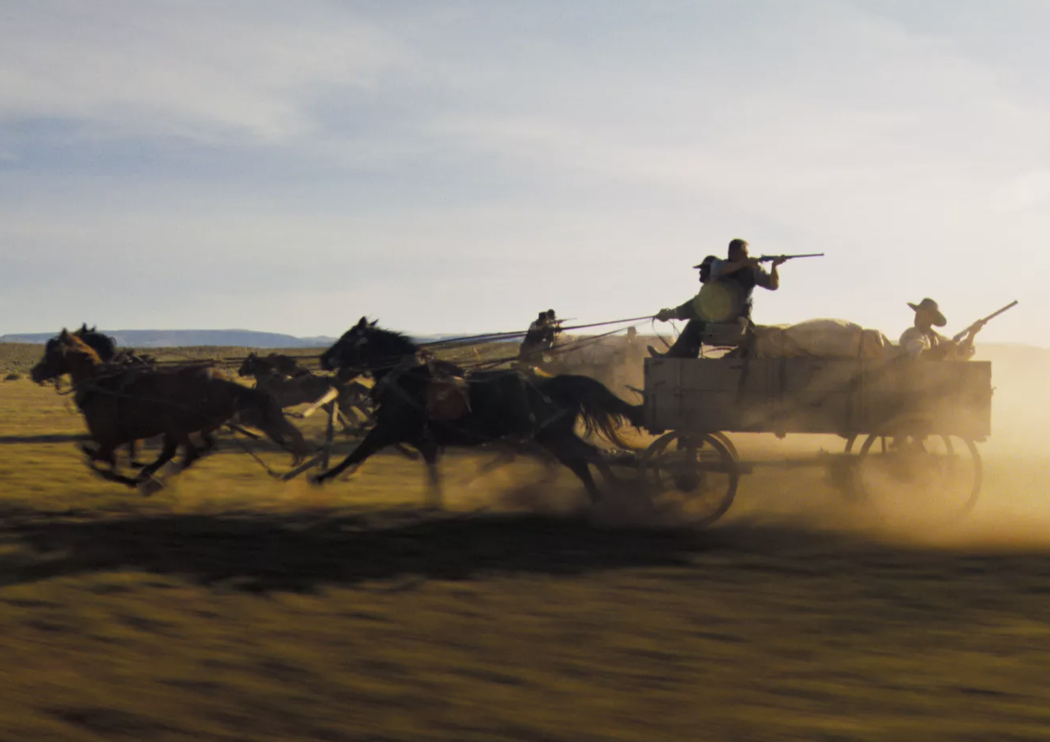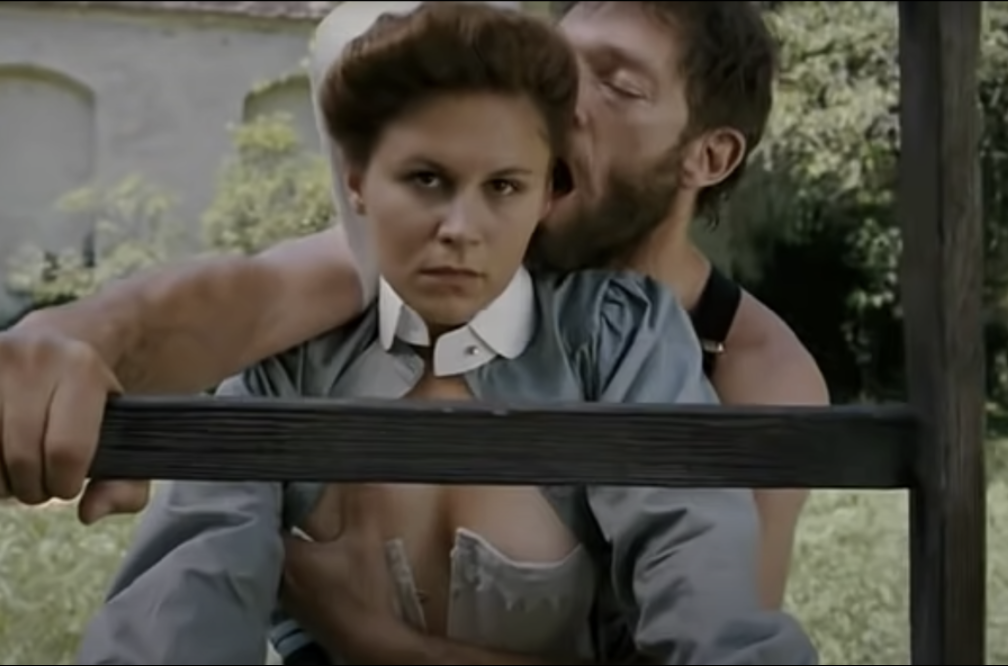In a NY Times piece set to appear in Sunday’s (3.7) edition, A.O. Scott dismisses the David-versus-Goliath analogy that everyone has applied to the Hurt Locker vs. Avatar Best Picture showdown. “It is really, melodrama and rooting interests aside, a contest between the mega-blockbuster and the long tail,” he writes.
“That last phrase, the title of a 2006 book by Chris Anderson, already has a bit of an anachronistic sound, but Mr. Anderson’s idea, shorn of some of its revolutionary overstatement, is still compelling. As digital culture makes more and more stuff available and spills it faster and faster into an already swollen marketplace, some works will establish themselves slowly, by word or mouth, social networking and serendipitous rediscovery.
“That hypothesis is likely to be tested more strenuously than before in the movie world. The money to produce and publicize the kind of middle-size movie that has dominated the Oscar slates in recent years is drying up. Cheap acquisitions can be turned into hits — last year’s best picture winner, Slumdog Millionaire, being the most recent long-shot example — but there are likely to be fewer luxury goods for the prestige market.
“Only one of the current crop of best picture candidates, Up in the Air, fits that description: it has a polished look, an established star, a literary pedigree and a medium-size budget. And it looks — all of a sudden, after a strong start in Toronto and in spite of perfectly good box office numbers — like an outlier, a throwback.
“Which is to say nothing about its quality. The Oscars are never about that anyway. They are about how the American film industry thinks about itself, its future, its desires and ideals. Right now it is thinking big and small, trying to figure out how to split the difference, and hoping we will keep watching. Wherever and however we do watch.”













